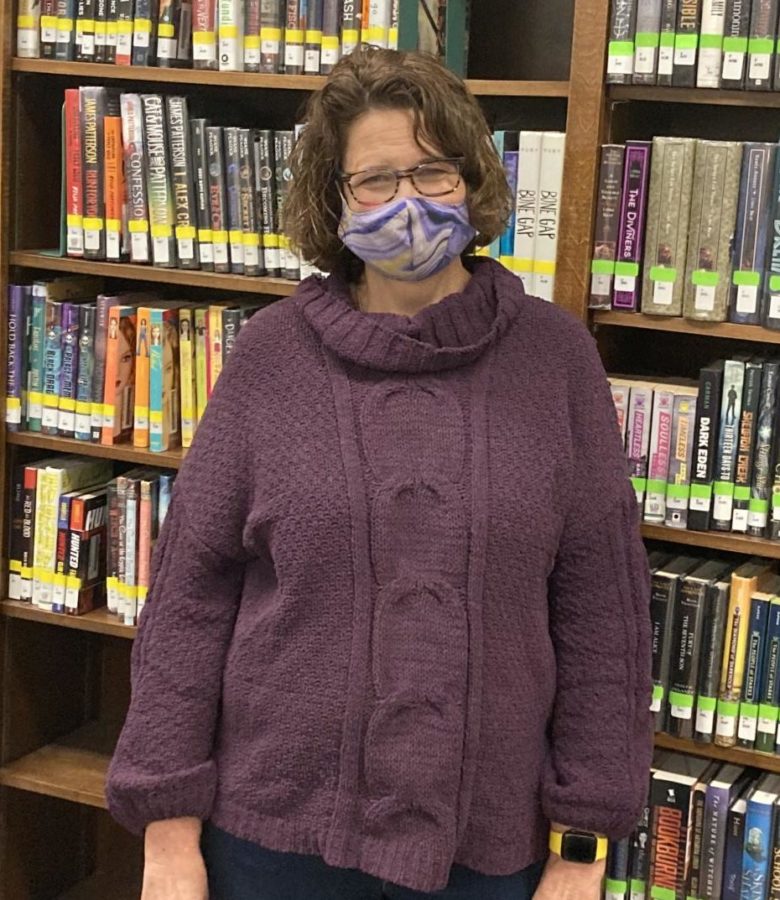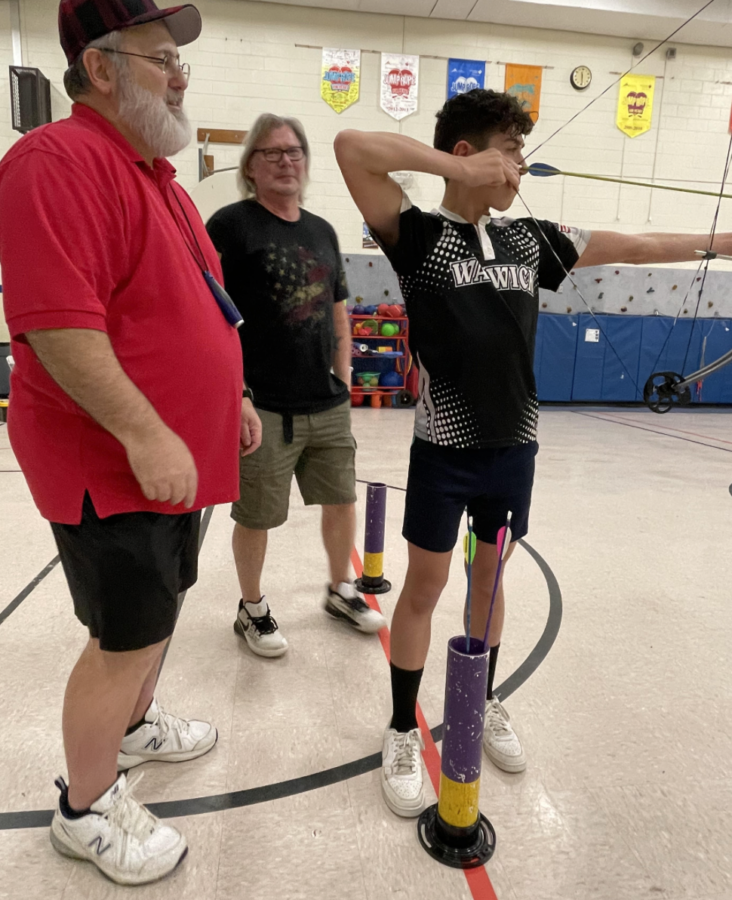From Fish to Future Patient Care
Dr. Bryant Ramirez visits Honors Research class and brings human context to their Parkinson’s study
The Honors Research class invited Dr. Brant Ramirez to speak on Parkinson’s disease and its treatment
For a second year now, the students in Ashley Chassard’s Honors Research and Application Methods class are studying Parkinson’s disease, specifically how higher estrogen levels affect the symptoms and onset of the disease by preventing neuronal death. To test this effect, the class injects a toxin into groups of zebrafish embryos- all exposed to different levels of estrogen- to induce Parkinsonian symptoms, also known as TRAP- tremor, rigidity, akinesia or bradykinesia, and postural instability.
Spending their class periods in a lab surrounded by twitching fish embryos can only do so much to help students understand the reality of human patients with Parkinson’s. The students’ research may only be tested in zebrafish, but the larger goal in mind is always to further medical research into Parkinson’s disease and its treatment. To bring the human aspect back to class, Chassard enlists the help of Dr. Bryant Ramirez, a general neurologist at Sentara Hospital.
“I see the whole gamut. I see people who come in with a small tremor and say, ‘Doc, I think I have Parkinson’s,’ and it’s nothing- I say, ‘You’re fine,'” the doctor explains to the class. “Then I get people who come in who have gone through all these doctors and I can tell as soon as I walk in that they have Parkinson’s.”
As Ramirez’s experience attests, Parkinson’s disease, or “Shaking Palsy,” can strike in different ways. It is a chronic, progressive, neurodegenerative disease- in other words, you never know who will get it or when, but the disease gets progressively worse once you do, slowly causing neuron death in the brain. Early symptoms, like dizziness, loss of smell, or trouble sleeping, are easily ignored or misdiagnosed (in this case often as low blood pressure, sinus congestion, and stress, respectively). Ramirez points out to the students that at this stage, “the brain cells are starting to die, but no one knows yet.” Once the characteristic TRAP symptoms set in, the disease follows a slow path of increasingly restricted or unstable movement, putting patients at risk for dangerous falls. For their experiment purposes, the research students have devised their own standards for testing symptomology in the fish based on certain twitching or inactivity- prompting jokes from Ramirez about testing fish rigidity- “I was imagining someone picking up a fish and just kind of shaking it. This sounds better.”
Zebrafish are one thing, but the students wonder how Parkinson’s is confirmed in human patients. “We look at the patient, we look at the walk,” replies Ramirez on diagnosing the disease. “We make sure to ask them all sorts of questions- how are you sleeping? How is your sense of smell? Do you have tremors?” Intensive questioning is the best way to get to the correct diagnosis with a disease like this, which does not even show on a CT scan or an MRI. Neurologists, as Ramirez claims, must take in all sorts of factors to determine Parkinson’s as the cause of symptoms.
The disease itself starts in the brain, specifically in the pars compacta of the substantia nigra- a region of the midbrain. The disease causes neuronal death in this region, which is associated with dopamine production; a lack of dopamine in this region affects the ability to control movement, causing Parkinsonian symptoms. Because there is evidence of estrogen’s link to dopamine production (and statistical data supporting the idea that people with more estrogen are less likely to develop Parkinson’s), the Honors Research class has designed their study around the relationship between estrogen and Parkinson’s, in hopes that the hormone could possibly act as a preventative or palliative measure.
Treatment for Parkinson’s disease is palliative only- there is no cure, but symptoms can be eased. Right now, doctors can prescribe, as Ramirez dubs them, “miracle drugs” to temporarily replace dopamine in the brain, but these wear off and become less effective with time, and at high doses they may cause side effects of hyperkinesis- uncontrollable movement. Much of treatment comes down to lifestyle changes, Ramirez says to the class. “Big motion physical activity is also a treatment…the most effective preventative is physical.” Physical therapy is used to help patients retain more control over their movements once the disease has started, and in combination with prescription drugs, physical activity can slow the progression of the disease.
Aside from these, there is relatively little to be done about Parkinson’s symptoms. The brain is, and has always been, one of the “great unknowns” of medicine, and the scientific community is constantly learning more about its processes.
“If you all think doctors know everything,” Ramirez tells the students with a smile, “just get rid of that misconception right away.” Research from professionals- even, in this case, honors high school students surrounded by zebrafish- could have a major impact on patient lives in the future.

Committed to graduate in 2020, Laura Madler is Editor-in-Chief and fourth year staff writer for the Lion's Roar. Outside of class, she can be found twirling...






























































































































































